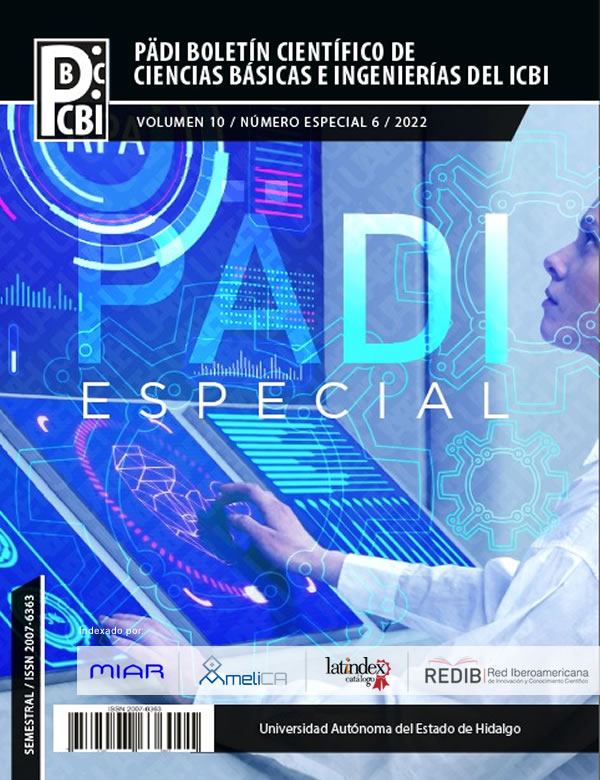Lidar Technology integration on vehicle for scanning with ros
Abstract
The use of autonomous vehicles has grown a lot in recent years, its uses can be very varied and focused on different purposes; one of these branches is the access in confined spaces, such as exploration, rescue, among others, however, these places often can also be difficult to access, endangering human life; it is for this reason that we seek to study the advantages of a LiDAR sensor, adapting it to a radio control vehicle and recreate in 2D, different known spaces. We will be able to observe how the sensor works in different environments and how it behaves in front of different materials.
Downloads
References
Cocchioni, F., Mancini, A., and Longhi, S. (2014). Autonomous navigation, landing and recharge of a quadrotor using artificial vision. In 2014 international conference on unmanned aircraft systems (ICUAS), pages 418–429. IEEE.
Collis, R. T. H. (1970). Lidar. Appl. Opt., 9(8):1782–1788. Dedes, G. and Dempster, A. G. (2005). Indoor gps positioning-challenges and opportunities. In VTC-2005-Fall. 2005 IEEE 62nd Vehicular Technology Conference, 2005., volume 1, pages 412–415. Citeseer.
Iacono, M. and Sgorbissa, A. (2018). Path following and obstacle avoidance for an autonomous uav using a depth camera. Robotics and Autonomous Systems, 106:38–46.
Open-Robotics (2021). Ros noetic ninjemys. https://wiki.ros.org/noetic.
RaspberryPi-Foundation (2021). Raspberry pi. https://www.raspberrypi.com/for-home/.













